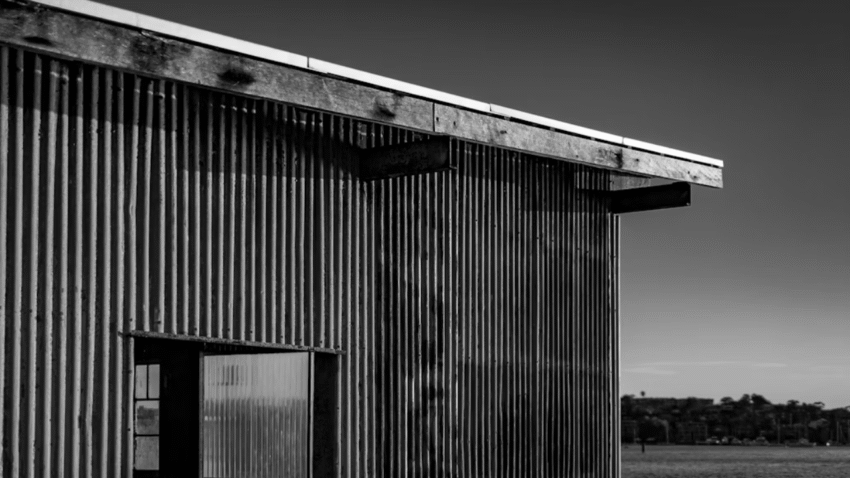Introduction
Struggling with a cluttered shed that feels more like a junk pile than a workspace or storage area? You’re not alone. Most shed owners don’t realize how much space they’re wasting until it’s too late. This guide will show you exactly how to design a shed layout for maximum space—whether you’re building from scratch or reworking an existing shed. With smart design and organization, even a small shed can feel spacious and efficient.
Why Shed Layout Design Matters
A well-designed shed layout isn’t just about looks—it’s about functionality, efficiency, and safety. Whether you use your shed for gardening tools, bikes, DIY projects, or general storage, a smart layout helps you access what you need quickly without frustration. Maximizing your space also means fewer tripping hazards, better airflow, and reduced wear and tear on your belongings. Shed design elements like shelving, tool racks, zoning, and vertical storage can completely transform how your shed works for you.
Step-by-Step Guide to Designing a Space-Maximizing Shed Layout
1. Start with a Purpose
Decide how you plan to use your shed. Is it mainly for tool storage? A workshop? A mix of both? Clarifying the primary function helps you design zones and select storage solutions accordingly.
2. Measure and Sketch Your Shed
Take accurate measurements of your shed’s interior—length, width, and height. Create a basic sketch on paper or use a free online shed layout planner. Mark where windows, doors, and structural supports are located.
3. Designate Functional Zones
Split the shed into zones based on tasks or item types. For example:
- Tool storage zone
- Workstation or potting bench
- Seasonal items corner
- Bulk storage (bikes, bins, equipment)
This helps avoid a jumbled layout and makes it easier to maintain organization.
4. Use Vertical Space First
Walls are your best friend when it comes to maximizing space. Install:
- Wall-mounted shelving
- Pegboards for tools
- Hanging hooks or racks
Store light and frequently-used items up high, and keep heavier items at waist level or below.
5. Incorporate Foldable or Rolling Work Surfaces
If space is tight, add a fold-down workbench or install a rolling tool chest. This keeps work areas functional without permanently consuming floor space.
6. Install Ceiling Storage
Overhead storage racks are great for items you don’t use daily, such as camping gear, extension cords, or holiday decorations. Just make sure they’re safely secured and don’t interfere with head clearance or lighting.
7. Choose Storage That Fits the Items
Match your storage method to what you’re storing:
- Use small bins for nails, screws, and small tools
- Use tall cabinets for rakes, brooms, and shovels
- Use open shelving for items you need to grab quickly
Label everything for easy access
8. Leave Open Floor Space
Don’t overfill the floor with items. Aim to keep at least 30-40% of your floor space clear for movement. This not only makes the shed easier to navigate but allows room for new additions later.
9. Optimize Natural Light and Airflow
Make sure your layout doesn’t block windows or vents. Good lighting and ventilation make the shed more enjoyable to use and prevent moisture buildup on stored items.
10. Do a “Walkthrough” Before Finalizing
Use painter’s tape to map out the layout inside the shed before committing. Walk through the space as if you’re grabbing tools or working on a project. This helps spot design flaws before installation.
Common Mistakes to Avoid
❌ Overloading Floor Space
Placing everything on the floor leads to clutter and chaos.
✅ Solution: Use wall space, ceiling storage, and vertical shelving to keep floors clear.
❌ No Defined Zones
Storing everything randomly makes it hard to find what you need.
✅ Solution: Plan storage areas based on item type or activity.
❌ Blocking Access Points
Large items placed in front of doors or workspaces limit usability.
✅ Solution: Leave space for door clearance and work movement paths.
❌ Using One-Size-Fits-All Storage
Generic bins and shelves waste space when they don’t fit your items well.
✅ Solution: Match storage to item size and shape for a custom fit.
❌ Forgetting Room for Growth
Filling your shed completely leaves no room for future items.
✅ Solution: Leave empty bins or shelf space for new tools and seasonal gear.
Extra Shed Tips & Hacks
- Add a magnetic strip to hold small metal tools like screwdrivers and drill bits—it’s a space saver and easy to access.
- Use the inside of doors for extra storage—install hooks, pockets, or shallow racks.
- Paint the walls white or use LED lights to brighten the shed and make it feel more spacious.
- Want more inspiration? Check out our guide on organizing tools inside your shed for a clutter-free setup.
Conclusion
Designing a shed layout for maximum space doesn’t require a big budget or complex tools—it just takes thoughtful planning. Start by defining your purpose, measuring the space, and breaking the layout into zones. Then use vertical storage, ceiling racks, and smart furniture to free up valuable floor area. Avoid common layout mistakes and you’ll enjoy a shed that’s tidy, functional, and ready for anything.
